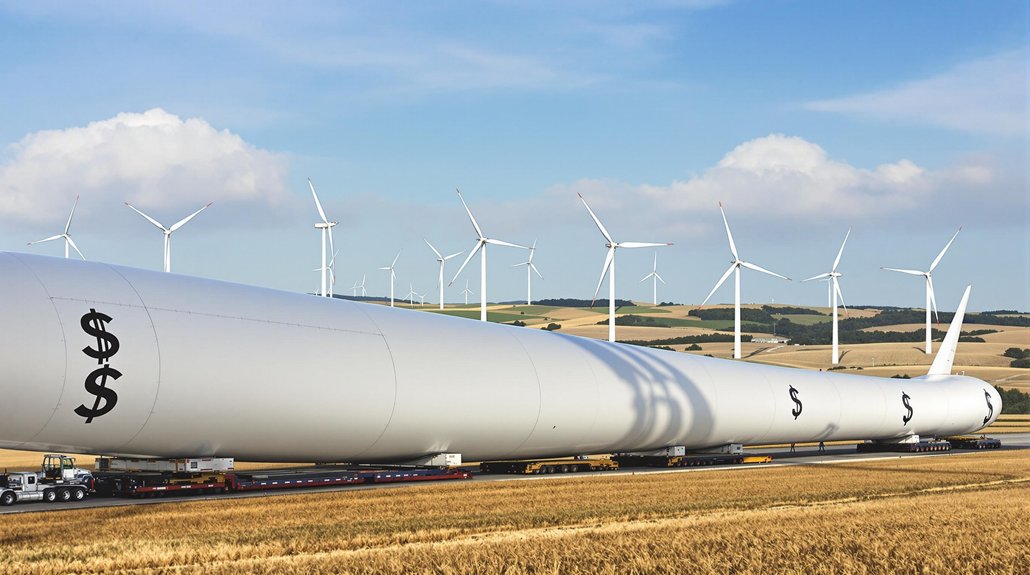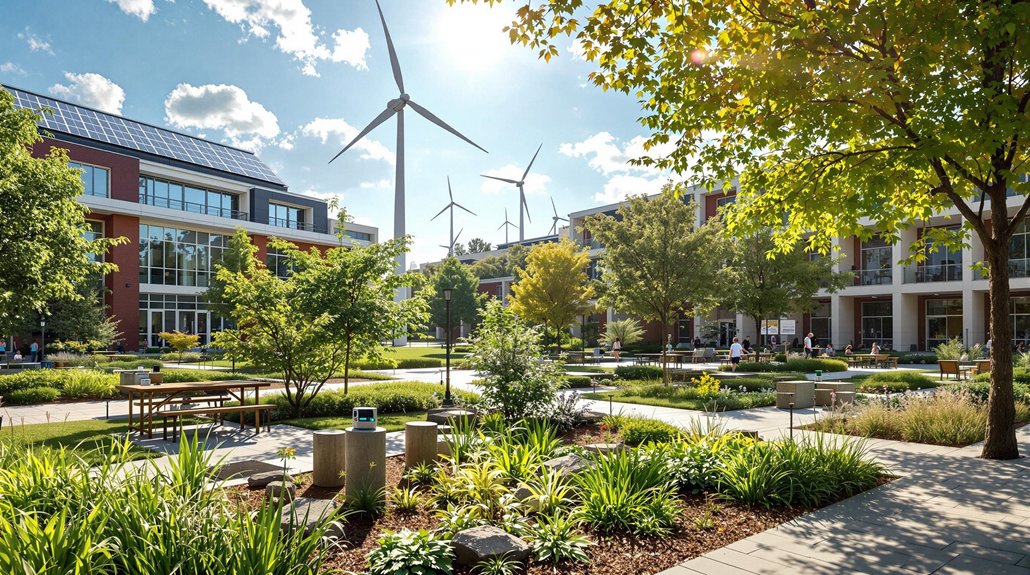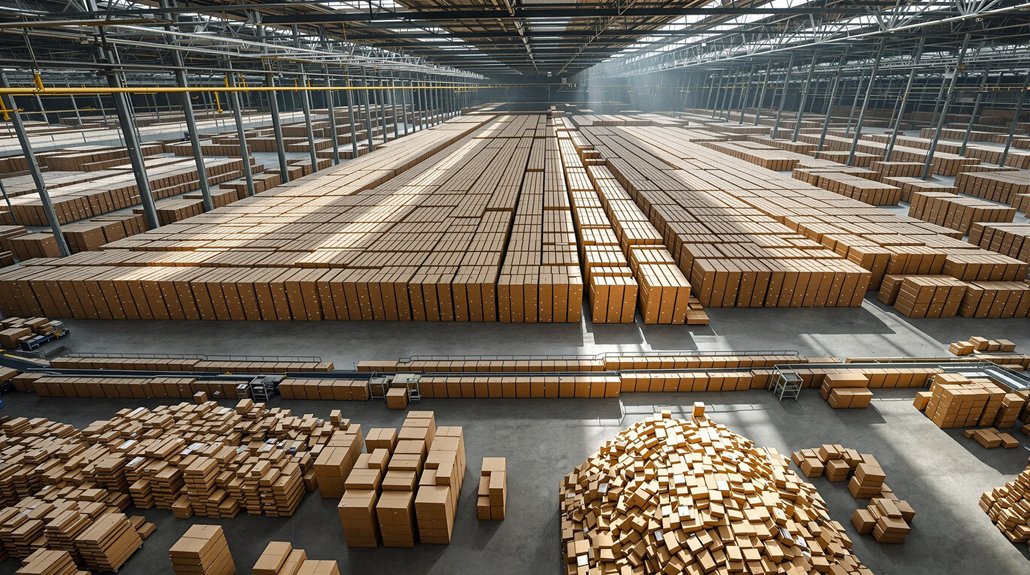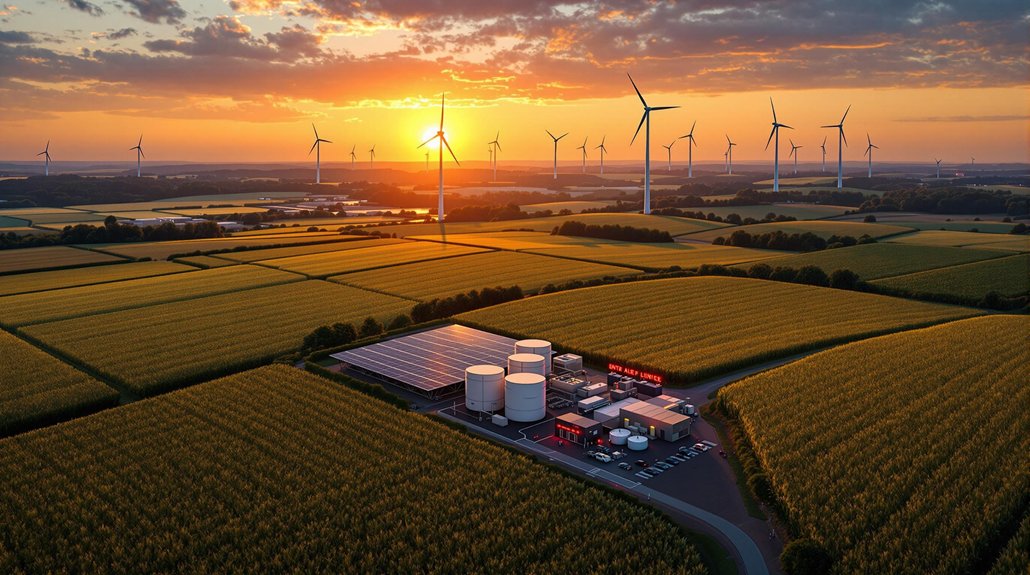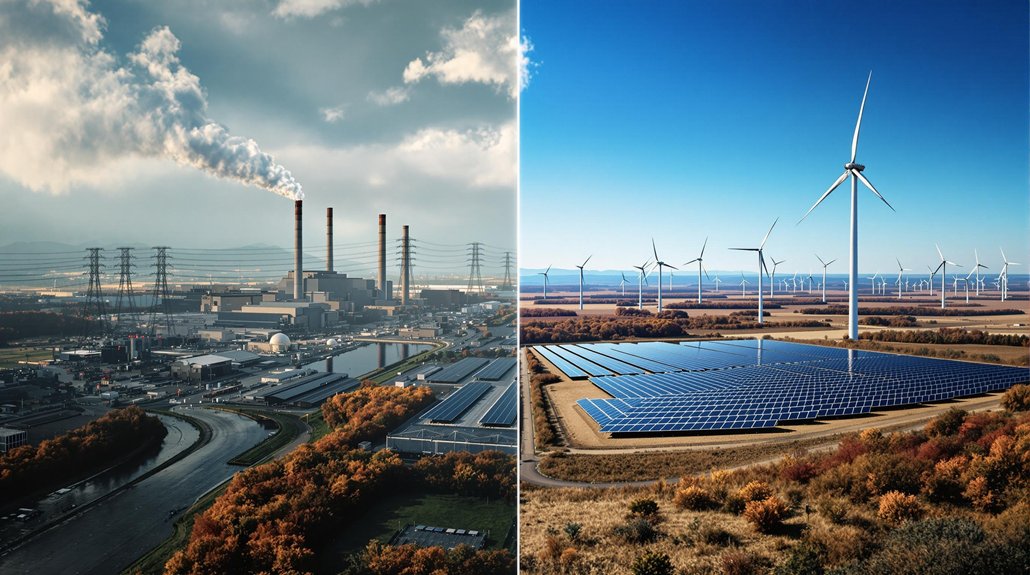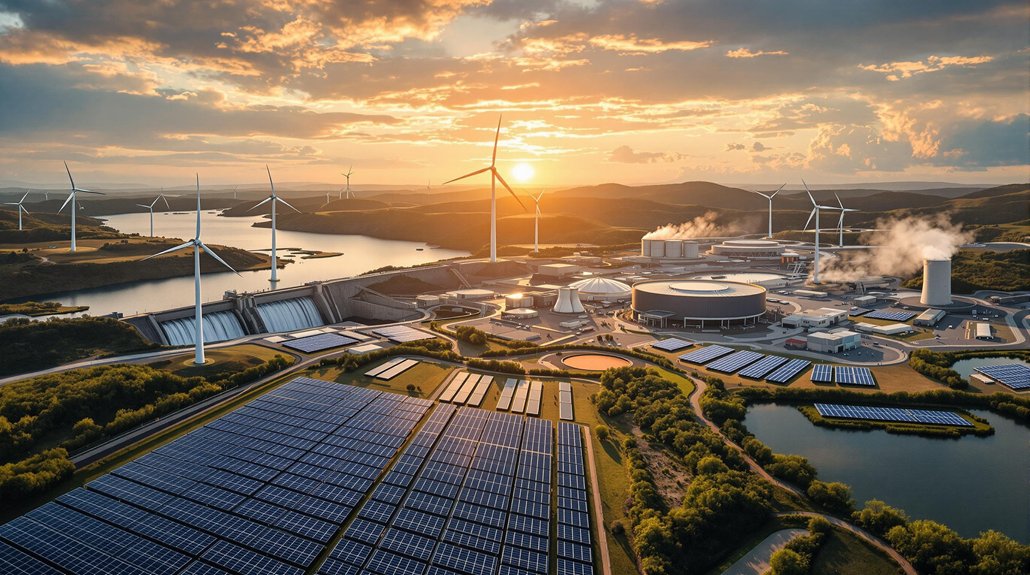Wind turbine blades cost between $150,000 to $1 million each, depending on size and materials. Manufacturing expenses include fiberglass, carbon fiber, and resin (60-70%), labor (20-30%), and equipment (5-10%). Transportation adds $30,000-$100,000 per turbine, while installation requires expensive cranes and foundation work. Maintenance runs $1,500-$3,000 annually, with major repairs reaching $100,000. End-of-life disposal costs $10,000-$30,000 per blade. These figures reveal just the surface of wind energy’s complex economics.
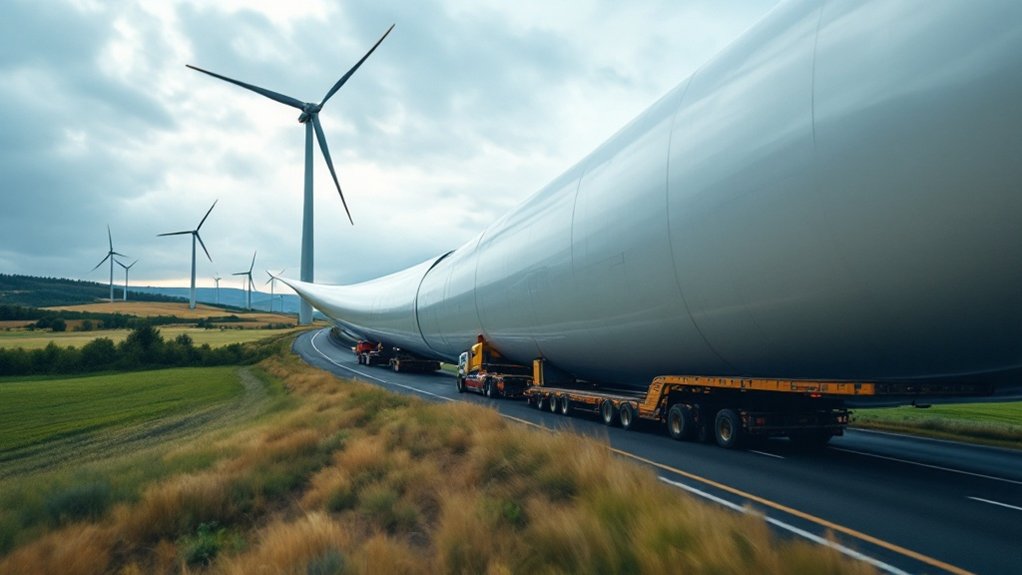
While wind turbines appear as elegant structures dotting the landscape, the true cost of their massive blades remains hidden from public view. These engineering marvels come with substantial price tags that extend far beyond their initial purchase.
Materials like fiberglass, carbon fiber, and resin make up 60-70% of blade costs, while labor accounts for 20-30%. The specialized equipment used in production adds another 5-10% to the total manufacturing expense.
The size of wind turbine blades directly impacts their cost. Standard utility-scale blades measure between 170-230 feet in length. A 50-meter blade costs between $150,000-$250,000, but prices rise exponentially with size. The largest offshore blades, exceeding 107 meters, can cost more than $1 million each. The molds used to create these massive structures aren’t cheap either, with price tags of $1-2 million each. The use of high-performance materials like carbon fiber significantly increases manufacturing expenses while offering improved aerodynamic efficiency.
Transportation presents another major expense. Moving blades short distances costs $30,000-$40,000 per turbine, while long-haul transport can exceed $100,000. Specialized trailers required for these oversized loads cost between $100,000-$500,000 each. Permits, escorts, and complex route planning add thousands more to the total.
Installation costs are equally significant. Crane rental alone runs $100,000-$150,000 per megawatt of turbine capacity. Foundations add another $200,000-$250,000 per turbine, while access roads cost around $25,000 per quarter-mile. On-site assembly and electrical infrastructure contribute additional expenses.
Maintenance continues throughout the blade’s 20-25 year lifespan. Annual inspections cost $1,500-$3,000 per turbine. Repairs range from $5,000 for minor fixes to $100,000 for major structural issues. Complete blade replacement costs $150,000-$500,000, not counting revenue lost during downtime at $800-$1,600 daily per turbine.
End-of-life considerations add final expenses. Disposal costs run $10,000-$30,000 per blade, with limited recycling options available. Landfill fees range from $400-$1,000 per blade. Despite these costs, wind energy remains a clean energy source that doesn’t deplete natural resources or produce carbon emissions during operation.
The full lifecycle costs of wind turbine blades reveal the complex economic reality behind renewable energy infrastructure.
Frequently Asked Questions
How Long Does a Typical Wind Turbine Blade Last?
A typical wind turbine blade lasts between 20-25 years under normal conditions.
However, many blades are replaced earlier, often around the 10-year mark, as companies opt for technological upgrades.
With proper maintenance, some blades can remain in service for up to 30 years.
Environmental factors considerably impact longevity, with harsh weather conditions shortening a blade’s useful life span.
Can Wind Turbine Blades Be Recycled?
Wind turbine blades can be recycled, but it’s challenging. While 85-90% of turbine components are recyclable, the composite materials in blades are difficult to separate.
Emerging technologies include mechanical recycling, pyrolysis, solvolysis, and chemical recycling. Companies like Vestas, GE, and Veolia are developing recycling initiatives.
Most blades currently end up in landfills, but the industry is working toward 100% recyclability through alternative materials and improved designs.
What Materials Are Used in Wind Turbine Blade Construction?
Modern wind turbine blades are typically constructed from composite materials. The most common is glass fiber-reinforced polymer (GFRP), while larger blades often use carbon fiber-reinforced polymer (CFRP).
These fibers are embedded in epoxy, polyester, or vinyl ester resins. Manufacturers also incorporate balsa wood or foam cores to create lightweight sandwich structures.
Protective coatings include polyurethane and UV-resistant materials to shield against environmental damage.
How Are Wind Turbine Blades Transported to Installation Sites?
Wind turbine blades are transported using specialized equipment and multiple methods.
Trucks with extendable trailers up to 220 feet long handle most land transportation. Rail is used for longer distances, while ships move blades for offshore farms.
The massive size—up to 100+ meters long and weighing 12-15 tons each—requires careful route planning.
Transportation represents 10-20% of installation costs and often needs permits for oversized loads.
What Happens to Wind Turbine Blades After Decommissioning?
Most decommissioned wind turbine blades end up in landfills.
These massive structures don’t compact well and waste valuable space. About 85-90% of a turbine is recyclable, but the blades remain challenging.
New solutions are emerging, including grinding blades for filler material, using pyrolysis to separate materials, and repurposing them as playground equipment, bridges, and artificial reefs.
